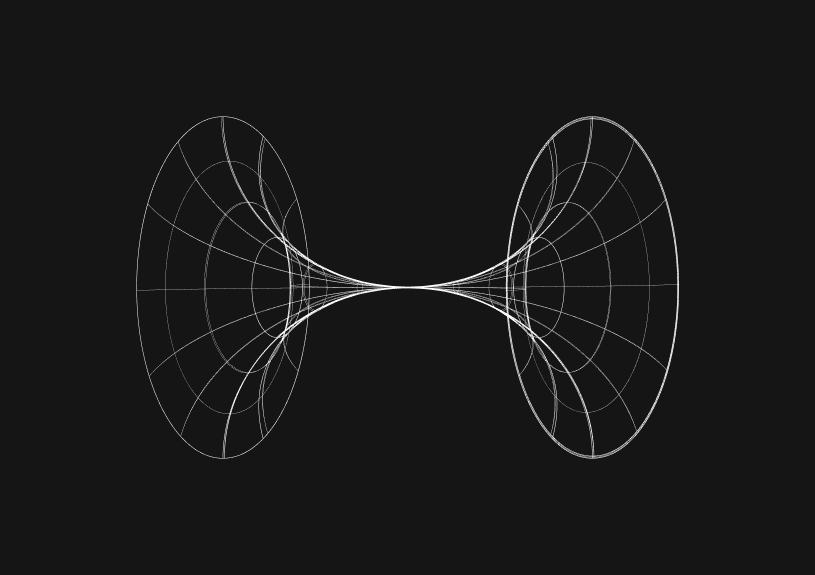
Overview: MySQL Last 30 Days
MySQL, a widely-used open-source relational database management system, often requires querying data based on time intervals. This guide focuses on extracting data from the last 30 days, a common requirement for reports and data analysis.
Understanding Date and Time Functions in MySQL
MySQL provides several functions to work with date and time values. The CURDATE() and NOW() functions are particularly useful for current date and time operations. To query data from the last 30 days, these functions can be combined with the DATE_SUB() function.
Querying Data from the Last 30 Days
To fetch records from the last 30 days, use the DATE_SUB() function in your WHERE clause. This function subtracts a specified time interval from a date.
SELECT * FROM your_table WHERE your_date_column >= DATE_SUB(CURDATE(), INTERVAL 30 DAY);
In this query, your_table should be replaced with your actual table name and your_date_column with the column that contains the date information.
Handling Time with NOW() and CURDATE()
There's a subtle difference between NOW() and CURDATE() in MySQL:
NOW()returns the current date and time.CURDATE()returns only the current date.
Depending on your data's nature and your requirements, choose the one that suits your needs. For precise time calculations, NOW() is preferable.
SELECT * FROM your_table WHERE your_date_column >= DATE_SUB(NOW(), INTERVAL 30 DAY);
Accounting for Time Zones
When dealing with multiple time zones, consider converting your dates to UTC or using the CONVERT_TZ() function for accurate results.
SELECT * FROM your_table WHERE CONVERT_TZ(your_date_column, 'System', 'UTC') >= DATE_SUB(UTC_DATE(), INTERVAL 30 DAY);
Using BETWEEN for Range Queries
The BETWEEN operator can also be used for querying data within a specific range. This is particularly useful when you need data between two dates.
SELECT * FROM your_table WHERE your_date_column BETWEEN DATE_SUB(CURDATE(), INTERVAL 30 DAY) AND CURDATE();
Tips for Performance Optimization
- Ensure that the date column used in the
WHEREclause is indexed. - For large datasets, consider narrowing down the query with additional conditions to reduce the result set.
Use Basedash for Better Data Management
For teams looking to streamline their database management, Basedash offers a platform to view, edit, and analyze MySQL data. With its intuitive interface, you can easily query your database, create charts, and share insights with your team. Explore Basedash's features at Basedash.
This guide provides the essentials for querying MySQL data from the last 30 days. By understanding and utilizing MySQL’s date and time functions effectively, you can extract meaningful insights from your data in a time-efficient manner.
The next generation of charts and BI.
Coming soon.
Fast. Opinionated. Collaborative. Local-first. Keyboard centric.
Crafted to the last pixel. We're looking for early alpha users.
How to Add Columns to MySQL Tables with ALTER TABLE
Robert Cooper
How to Add Columns to Your MySQL Table
Max Musing
Pivot Tables in MySQL
Robert Cooper
How to Rename a Table in MySQL
Max Musing
How to Optimize MySQL Tables for Better Performance
Robert Cooper
How to Display MySQL Table Schema: A Guide
Jeremy Sarchet





